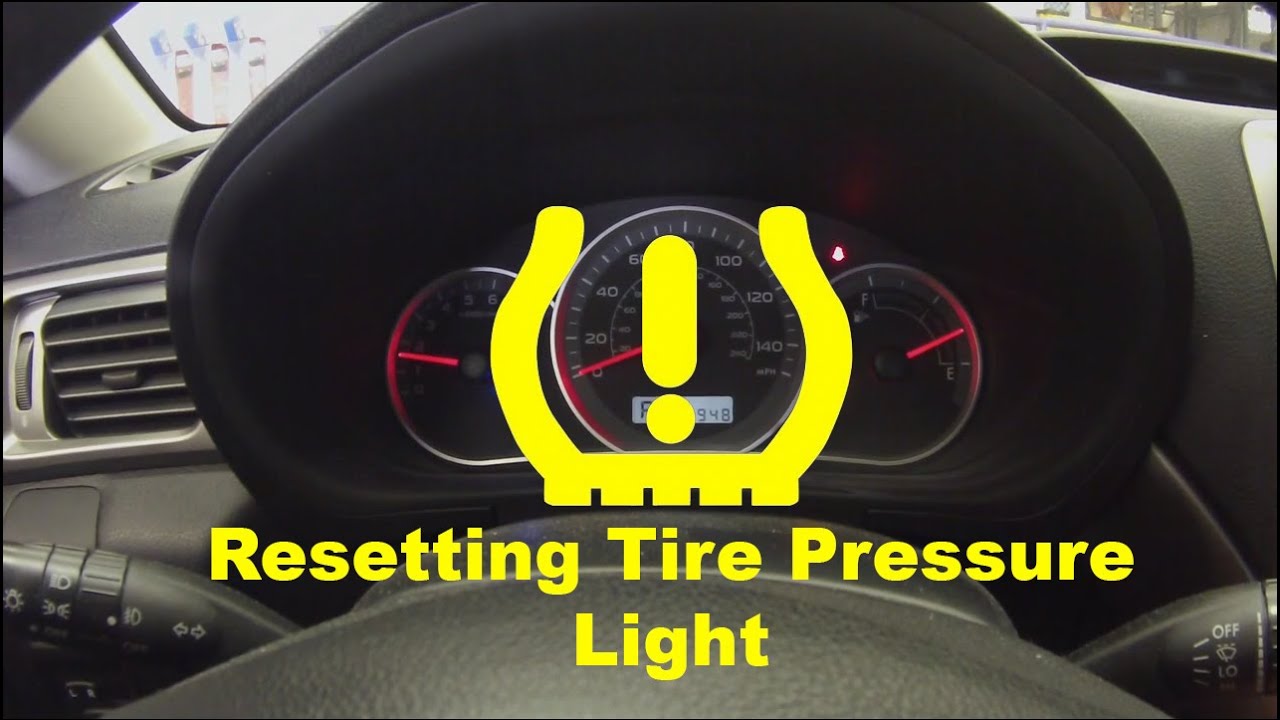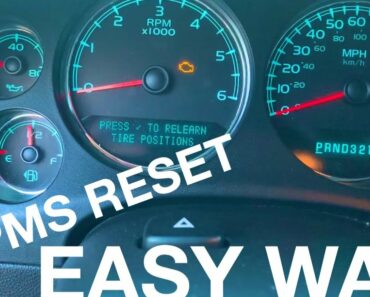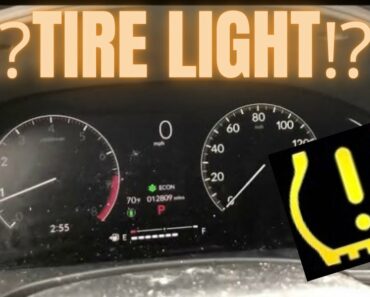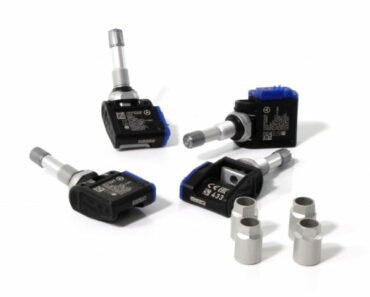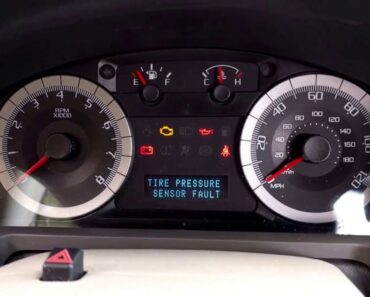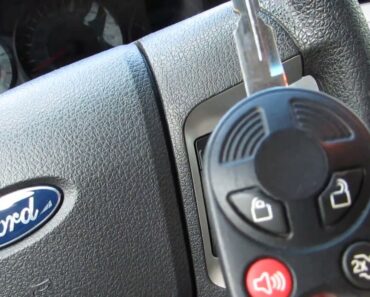For your vehicle to operate well, all parts should be in good condition and functional. In most cases, a problem in any part of your car can be signaled by a warning light. However, some signals are commonly misunderstood, one of them being tire pressure sensor light. Unlike a flat tire, a tire pressure sensor fault is usually mistaken for a boiling cauldron.
Tire Pressure Sensors
It is an electronic device that is used to measure your vehicle’s tire pressure. A tire pressure sensor is part of the tire pressure monitoring system. It transmits information via low-frequency radio waves from the wheel to your car’s ECU.
Most vehicles do not have a tire pressure monitoring system. However, it is mandatory for cars made from 2008 onwards to have it in the United States. A lot of tire pressure sensors are battery powered and connected to the tire’s valve stem. They generally detect if the pressure falls below 25%. If pressure falls below the recommended percentage, a message on your dashboard or a warning light comes up. Programming of the tire pressure sensors slightly differs in every vehicle.
How it Works(Tire Pressure Sensor Fault)
One is the indirect tire pressure monitoring system. The other is a direct tire pressure monitoring system. The indirect tire pressure measuring system does not measure the pressure inside your tire. It is used to detect whether there is faster rotation in one tire than the others. It taps into the wheel speed sensor using the ABS of your car.
Unlike the inflated tires, the circumference of underinflated tires is small. It makes them rotate faster than the well-inflated tire. It causes the light to come on in the indirect tire pressure monitoring system due to the rotational speed difference.
The direct tire pressure monitoring system measures the pressure in your tire. It sends a signal to your car’s computer using a gauge placed inside the valve of your tire. The information is then put up on your dash, depending on your vehicle’s direct tire pressure monitoring system.
There are two types of direct tire pressure monitoring systems: the Hi-line and Low-line direct tire pressure monitoring systems.
Characteristics of Hi-line direct tire pressure monitoring system include:
- The pressure of each tire is displayed on the dashboard
- Allows you to monitor your tire pressure without getting out of the car
Characteristics of a Low-line direct tire pressure monitoring system include:
- A warning light signals low pressure
- As a driver, you have to figure out which tire has low pressure
Importance of Tire Pressure Sensors
You might misunderstand the tire pressure of your vehicle. Contrary to what many people believe, uneven or low tire pressure can be as vital as a worn tire tread. Tires are made functional under a specific pressure range. The tire pressure sensor’s fault leads to no knowledge of a flat tire.
You will find this information on your tire and inside a plate on the driver’s door sill. Your tire can get damaged if the pressure is low.
A decrease in pressure in your tires causes them to be in contact with the ground more. It causes friction, and more fuel is used. You should check your tire at least once a month.
Differences between Direct and Indirect Tire Pressure Monitoring Systems
- Direct tire pressure monitoring sensors are more expensive than indirect ones
- Indirect tire pressure monitoring requires less maintenance than direct ones
- Direct tire pressure monitoring systems are more accurate than indirect ones
- Direct tire pressure monitoring systems are not prone to inaccurate information due to wear and size. The difference in tire size and unevenly worn tires causes inaccuracy in indirect ones
- Direct tire pressure monitoring systems read the same pressure in each tire, while the indirect one does not read actual tire pressure
Causes of Failure in Tire Pressure Sensors
- The age
It is common for them to fail due to the battery’s age inside them. Most of these batteries last up to 7 years.
- Wear and tear
The battery gets drained since there is more communication between the sensor and your vehicle’s computer caused by a lot of driving.
- Corrosion
It makes the tire to flatten due to cracking or breaking off of the valve stems.
What You Should Do if Your Tire Pressure Light Comes on
You should slow down and find a place to stop if the light of your tire pressure comes on while driving. In most cases, this light symbolizes low air in your tires. However, you should check because it could mean that you have a puncture. If it is a puncture, then you have to change the tire. If it is not, it would be best to go to the nearest gas station and have your tire pressures checked. You should perform routine maintenance on your tires to ensure that the pressure is right and their monitoring system is in good shape.
If you notice the light again after a few days of fixing the tire pressure, then you might have a slow leak. In this case, you should visit a tire shop to have the tire repaired or replaced if possible. Press the sensor reset button if the light doesn’t go off after pumping up your tires coming from the gas station. You might be having a faulty tire if the light does not go off even after pressing the button. Here you need to seek professional help.
What to Do if Your Car Does Not Have a Tire Pressure Monitoring System
Many vehicles do not have a tire pressure monitoring system. It is important to have one. The good news is that several tire pressure monitoring systems can be fixed in vehicles that don’t have them. If your vehicle does not have one, visit a tire pressure shop and get it fixed in your tires.
Head over to your local tire shop and have them checked if the light on the dashboard ceases to go away. You don’t need a puncture or flat tire while driving your car.
